This guide walks you through the seven automation process steps that consistently deliver ROI. You will learn how to pick the right processes, map them accurately, set measurable goals, choose a platform, design robust workflows, deploy safely, and scale with governance.
Expect practical checklists, a vendor comparison table, example KPIs, and risk controls you can apply immediately. If you are leading digital transformation in an SMB, SaaS platform, or enterprise, use this as your playbook to move from isolated pilots to scaled outcomes.
WHAT IS PROCESS AUTOMATION?
Process automation is the use of software to execute, coordinate, and monitor repeatable business workflows, often across multiple systems, with the aim of improving speed, quality, and cost, while ensuring control and auditability. It spans workflow automation, robotic process automation, integrations, and AI, orchestrated end to end.
BENEFITS OF PROCESS AUTOMATION
When you apply automation to well understood, stable workflows, value appears fast and compounds over time.
- Lower cycle time and higher throughput from removing wait states and handoffs, documented widely across operations research and BPM implementations.
- Reduced cost per transaction through labor redeployment and error prevention, which is typically modeled through Total Economic Impact studies.
- Quality and compliance improvements via enforced business rules, audit trails, and segregation of duties.
- Better employee experience by eliminating copy and paste work, freeing time for judgment and client engagement.
- Improved visibility through centralized logs, dashboards, and metrics that surface bottlenecks and exceptions.
Automate processes that are frequent, rules based, and measurable, then instrument them so value is provable.
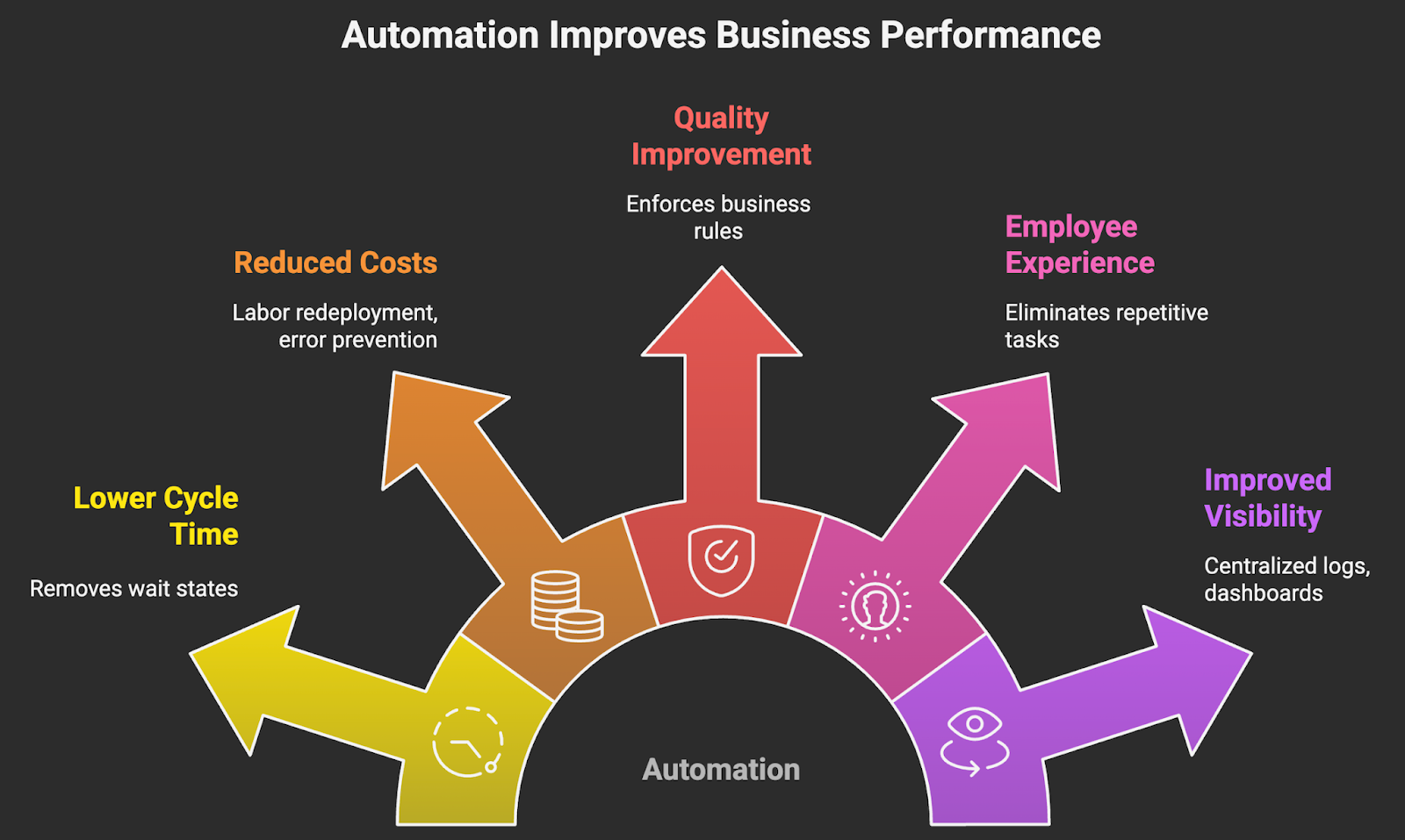
STEP 1: IDENTIFY THE RIGHT PROCESSES TO AUTOMATE
The fastest route to value is selecting candidates that are high volume, stable, and rules driven. Build a simple heatmap and prioritize by impact and feasibility.
- Score each process on criteria: volume, average handling time, rule clarity, data structure, system stability, exception rate, compliance risk, and estimated savings.
- Use process discovery or process mining to validate actual paths and variants, not just the happy path.
- Shortlist quick wins: low complexity, high repetition tasks such as invoice capture, onboarding provisioning, claims triage, ticket routing, and CRM updates.
- Confirm the process is worth automating. If it is broken, simplify first. As Hammer put it, do not just automate, reimagine.
- Quantify the case: baseline current cost and time, model benefits and one off costs, then estimate payback with a conservative sensitivity.
- Secure a committed process owner and data access, then define a crisp scope for the first release.
Examples by function you can start with now: accounts payable invoice capture and three way match, employee onboarding, sales order entry and credit checks, IT ticket triage and password resets, marketing lead enrichment and routing.
Automate a simplified process, not the current mess.
STEP 2: MAP OUT THE EXISTING PROCESS
Before you build, make the work visible. A clear map prevents automating exceptions and reveals where rules live.
- Create a SIPOC to clarify suppliers, inputs, process, outputs, and customers.
- Document the as is using BPMN, including gateways, timers, and swimlanes, so responsibilities and handoffs are explicit.
- Capture variants and exception paths with real data. Process mining or simple log analysis often halves surprises in UAT.
- List systems, APIs, credentials, and data fields required at each step, including PII and regulated data.
- Define controls and constraints such as approvals, thresholds, audit evidence, and segregation of duties.
- Review the map with front line users and the process owner. Resolve inconsistencies and remove non value add steps.
Good maps accelerate build, testing, and audit sign off.
STEP 3: SET CLEAR GOALS AND SUCCESS METRICS
Agree on outcomes and how you will measure them before you write a line of automation. Tie metrics to business results and customer impact.
- Baseline the current state over a representative period. Capture volume, cycle time, handling time, error rate, rework, and cost per transaction.
- Select a compact KPI set:
- Efficiency, for example, average handling time, throughput, SLA attainment
- Quality, for example, first time right, exception rate
- Financial, for example, cost per case, payback months
- Risk and compliance, for example, audit findings, policy exceptions
- Customer or employee experience, for example, NPS, CSAT, eNPS
- Set targets and a time bound success definition, for example, reduce average handling time by 60 percent within two quarters, while keeping exceptions under 2 percent.
- Design the measurement approach and dashboard. Include data capture inside the workflow, not in spreadsheets.
- Build a simple ROI model, benefits minus costs divided by costs, and align on what counts as benefit and what is redeployed capacity.
- Define guardrails. For high risk steps, set SLOs and error budgets, and request human supervision in the loop.
If you cannot measure it, you cannot scale it.
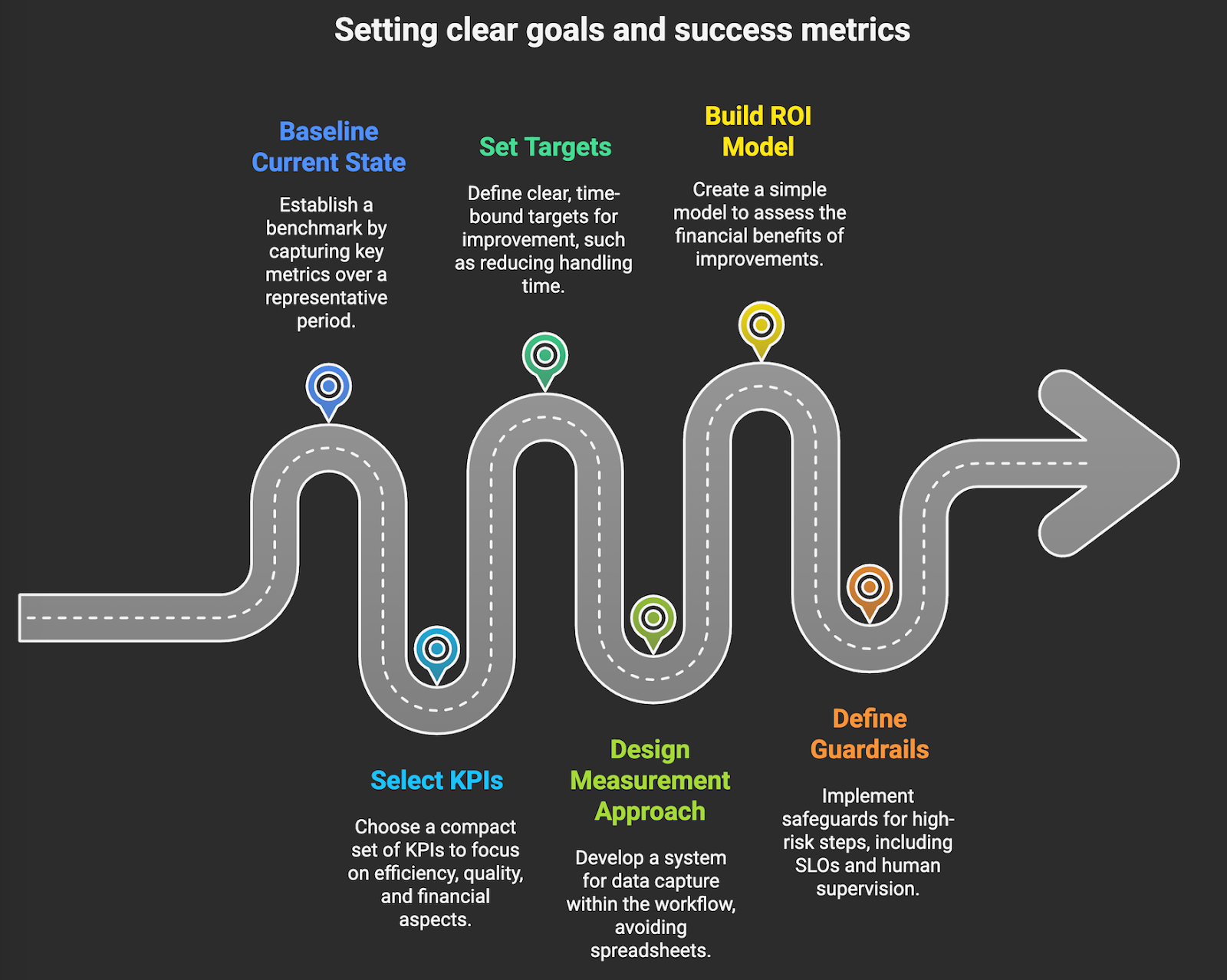
STEP 4:CHOOSE THE RIGHT AUTOMATION TOOL OR PLATFORM
Pick the platform that fits your use case, security posture, and operating model. Tool choice is context specific, so map the needs to capabilities and governance.
- Security and compliance, look for SOC 2, ISO 27001, encryption, regional data residency.
- Governance at scale, policies, environment separation, audit, and admin APIs.
- Ecosystem fit, native connectors for your ERP, CRM, ITSM, data platform, identity.
- Operating model, is it IT led, business led, or fusion teams, and do you need citizen developer tooling with DLP?
- Total cost of ownership, licenses, infrastructure, support, and internal capability build.
For landscape context across categories and maturity, consult independent analyst coverage of RPA, iPaaS, and workflow platforms.
STEP 5: DESIGN AND TEST THE AUTOMATED WORKFLOW
Design for reliability, maintainability, and audit from day one. Treat automations as products, not scripts.
- Blueprint the solution, decompose into reusable services, design idempotent steps, retries with backoff, queues for load leveling, and explicit human in the loop checkpoints for low confidence cases.
- Prefer APIs over screens. When UI automation is unavoidable, lock versions and build resilient selectors. Centralize secrets in a vault.
- Define test strategy, unit tests for rules, integration tests for systems, UAT with real users, performance tests at peak load.
- Manage test data carefully. Use synthetic or masked data for PII and regulated records.
- Instrument logging and metrics inside the flow, success, failure, response times, and business counters for throughput and exceptions.
- Pilot with a limited scope and a short parallel run to build confidence and refine rules.
- Document the runbook, known failure modes, and escalation paths for operations.
Resilience patterns and great test data save you from brittle automation.
STEP 6: DEPLOY AND MONITOR THE AUTOMATION
A controlled rollout, strong observability, and tight access controls keep value high and risk low.
- Use environment tiers, development, test, production, with approvals and change logs. Align deployment with your release calendar.
- Apply CI/CD and version control to flows, bots, and connectors. Require peer reviews and security checks.
- Lock down credentials and enforce least privilege access with RBAC. Keep secrets out of code and logs.
- Monitor health and business outcomes, latency, error rates, saturation, plus throughput, backlog, exception queue size.
- Stand up alert and on call. Define SLAs and auto rollback or graceful degradation when thresholds are breached.
- Plan change management and communication to end users and stakeholders. For adoption, use a structured method such as ADKAR.
- Run hypercare for two to four weeks. Capture improvement backlog and defect root causes.
Deploy with telemetry on, and you will see value and risk in real time.
STEP 7: OPTIMIZE AND SCALE
Once the first automations are stable, shift to continuous improvement and a program model that scales.
- Establish an Automation Center of Excellence, product owners, architects, platform admins, and enablement for citizen developers with guardrails.
- Create a reuse library, connectors, templates, policy packages, and golden patterns so each new build is faster and safer.
- Use process mining and analytics to identify bottlenecks and new opportunities, then prioritize by value.
- Optimize with A/B tests on rules, dynamic thresholds, and AI confidence cutoffs. Introduce humans in the loop only where it changes outcomes.
- Expand across functions with a portfolio view. Track cumulative hours saved, defects avoided, and financial impact against investment.
- Review governance quarterly, access reviews, policy exceptions, audit readiness, and model drift for any AI components.
Scale comes from standards, reuse, and a value cadence, not just more bots.
AUTOMATE PROCESSES WITH MAKEITFUTURE
Follow the seven steps, and automation shifts from scattered pilots to a measurable, resilient capability. Start with the right use cases, make the work visible, set targets that matter, choose a platform that fits your governance, then design, deploy, and iterate with data. That sequence protects your downside and unlocks compounding gains.
Makeitfuture helps leadership teams ship outcomes, not experiments. We design automation portfolios, stand up secure platforms, and deliver production grade workflows across finance, revenue, operations, and IT. Our team is tool agnostic and fluent in UiPath, Microsoft Power Automate, Workato, MuleSoft, Zapier, Make, and document AI such as Azure Document Intelligence and Google Document AI.
Explore Makeitfuture Intelligent Automation Services to see how we run discovery, build a prioritized pipeline, and deliver quick wins in 6 to 12 weeks, then scale with a Center of Excellence. For proof points and patterns you can reuse, visit our automation case studies.
Ready to accelerate? Book a zero cost discovery session and we will build your first 90 day automation plan with clear KPIs and governance.












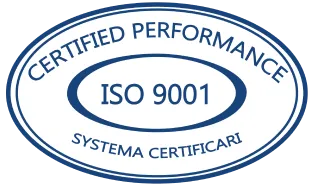

.png)
.png)

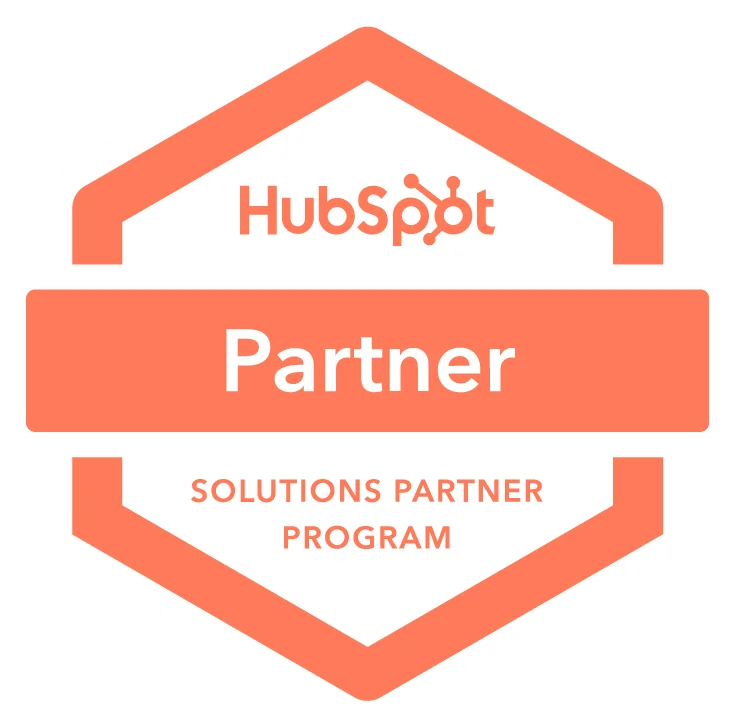
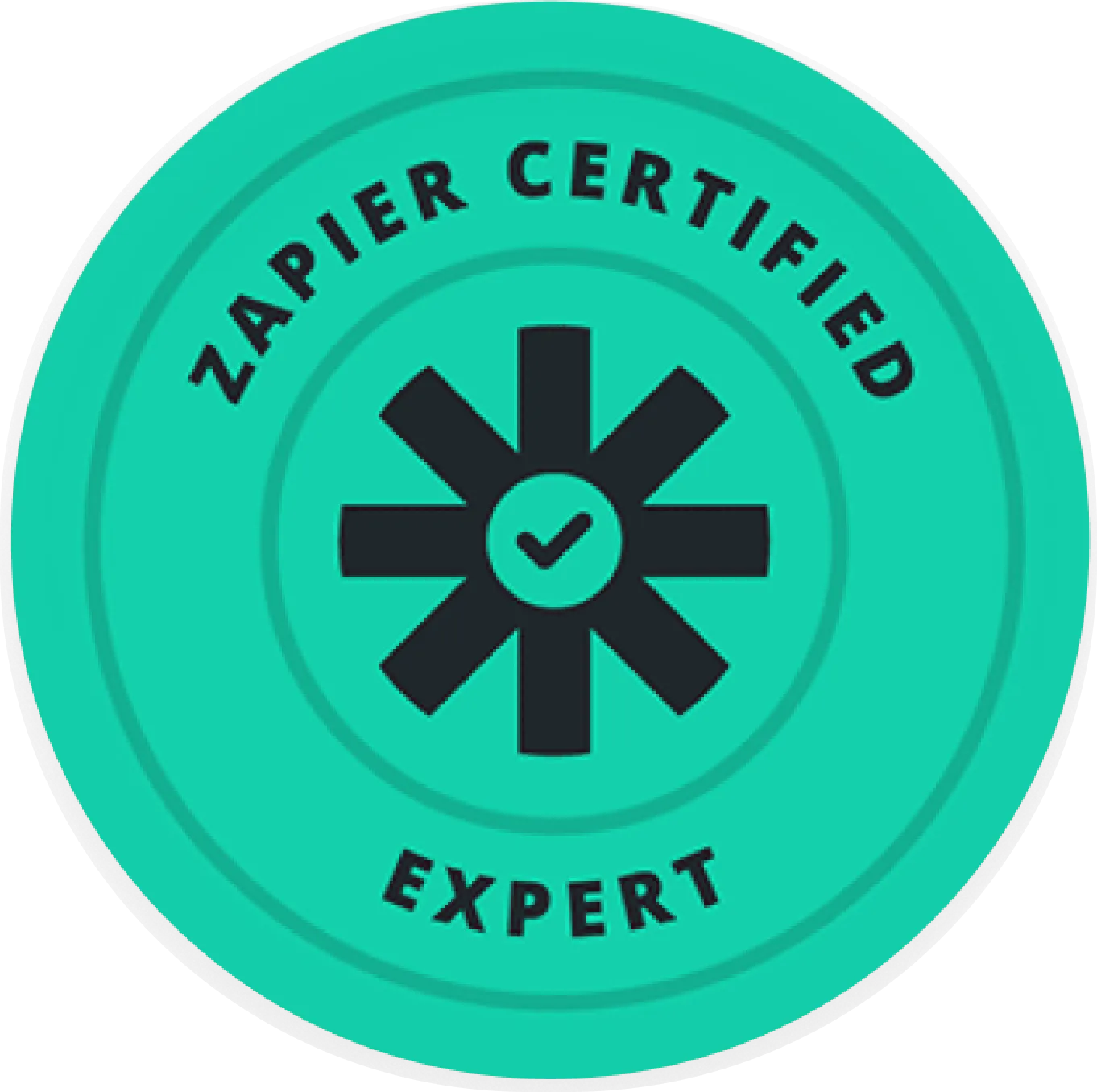
.avif)
